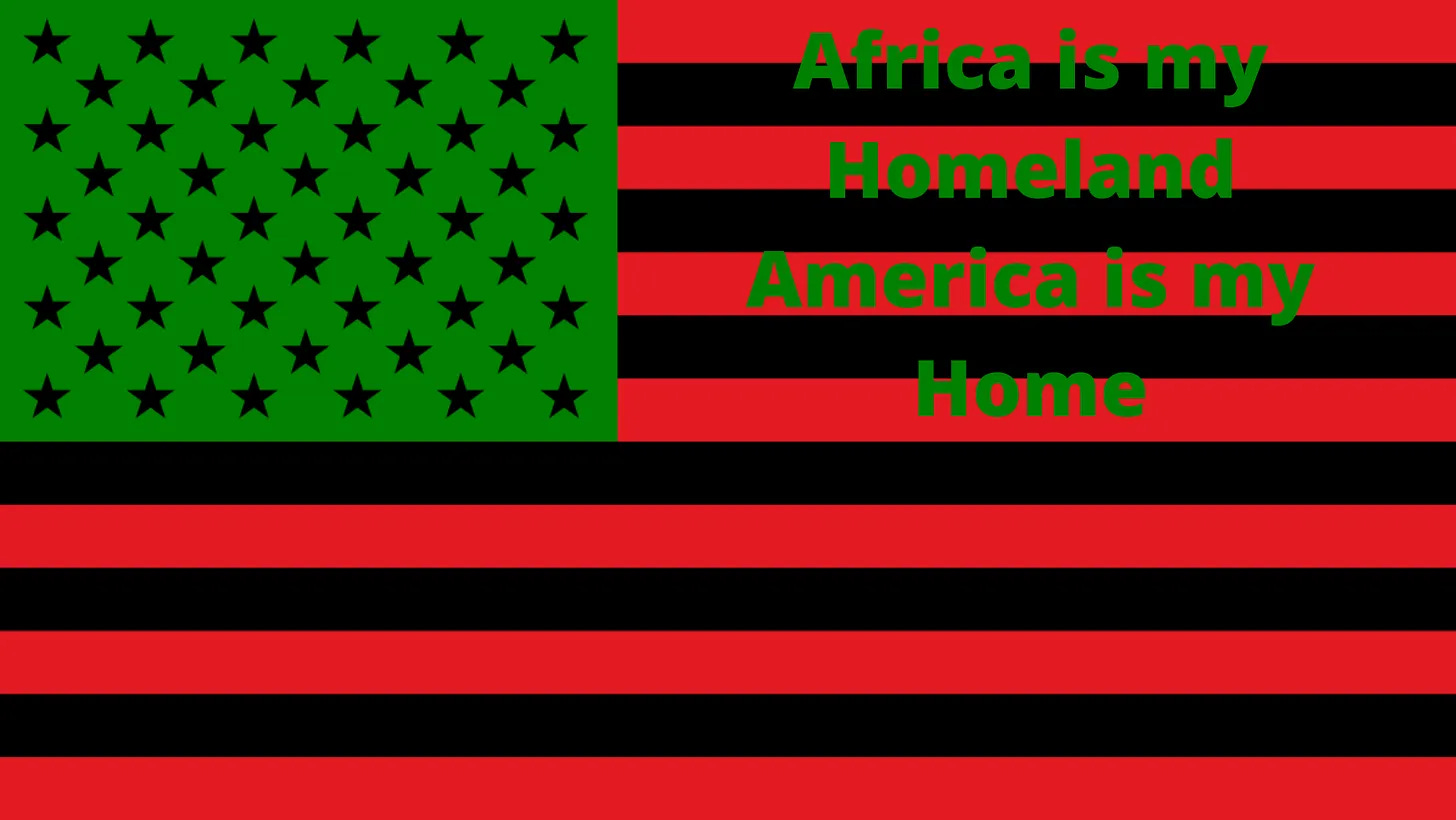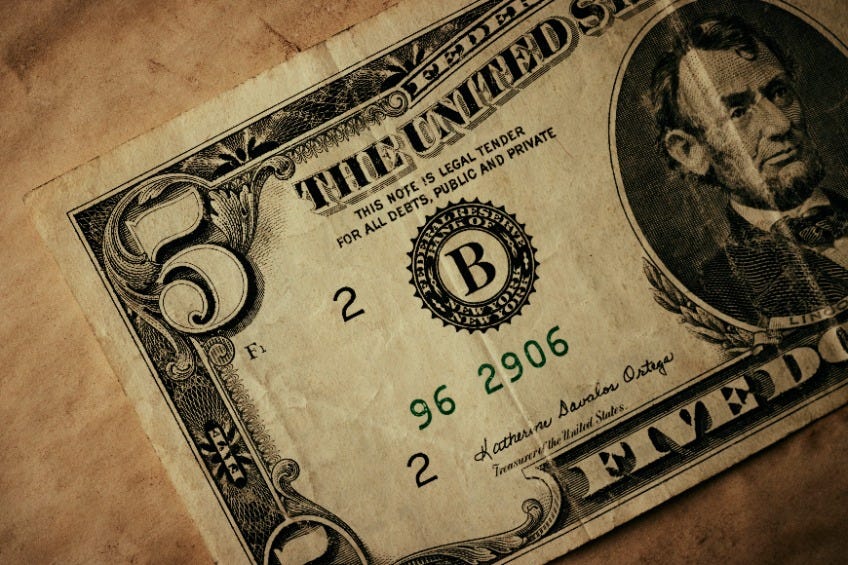Today In Black History
William Jacob Knox, Jr., 1st Black Supervisor for the Manhattan Project, award-winning chemist for Kodak, and anti-discrimination activist.
Issue #592 Today In Black History, Monday, May 6, 2024
A full podcast of the audio for the eight weekly W.A.S. posts from the previous week will be published every Tuesday on Apple Podcasts and Spotify Podcasts.
Please also scroll to the end of this post for other ways to financially support We Are Speaking.
We appreciate your support!
Today’s Black History WOW!
William Jacob Knox, Jr. was born in 1904 in Massachusetts, US, the eldest of five children, all of whom excelled in their educations. His grandfather Elijah had been a slave in North Carolina, and Elijah’s sister, Harriet Jacobs, had written Incidents in the Life of a Slave Girl, now regarded as one of the most important first-hand accounts of the southern states before the US Civil War.
Knox’s father, a mail carrier, emphasized the power of education in gaining a better life, and made the young Knox study hard. In 1921, Knox gained a place to study chemistry at Harvard University, one of only six Black students in his year, however, his assigned room at the Harvard dormitory was rescinded when it was found out that Knox was Black.
The incident sparked the Harvard dormitory crisis. The university’s president, Lawrence Lowell, had put a quota on Jewish students and barred Black students altogether.
Knox decided to act. Along with recent graduate Edwin Bush Jourdain Jr., Knox began a pressure campaign that attracted petitions and editorials. Thanks to Knox’s efforts, discrimination on the grounds of race or religion was banned at Harvard in 1923.
Knox graduated and became a teacher, before in 1928 returning to Boston for a master’s degree at MIT in chemical engineering. After a brief time at Howard University in Washington DC, where he was tutored by renowned Black chemist Percy Julian and met his future wife, Edna, Knox returned to MIT to complete a PhD.
With limited opportunities for Black chemists, Knox became a lecturer at North Carolina A&T State University, then as head of chemistry at Talladega College in Alabama. By this point, his two brothers, Larry and Clinton, had also gained doctorates – meaning the Knox family made up 7% of all Black PhD holders in the US. Larry completed his PhD in organic chemistry at Harvard. Clinton was not a chemist; he would later join the State Department and become US ambassador to Haiti – finding fame in 1973 when he was held hostage for 20 hours by revolutionaries – and later as secretary to the US mission to NATO.
In 1943, William joined the Manhattan Project, and when the corrosion division’s supervisor left the project, Libby appointed Knox to the role, making him head of an otherwise all-white department.
In 1944, he was joined at Columbia by his brother Larry, who had been working at the Division of War Research studying the anti-malarial quinine, and whose research was applicable to the potential impact of radiation following an atomic bomb.
William later secured a job as a chemist for Kodak in Rochester, US – the second Black chemist in the company’s history. Here, his research focused on surfactants to improve the bonding of film emulsions, creating clearer photographic images. Over the next 25 years, he was awarded 21 patents and became renowned as a coatings expert, helping usher in a golden age in photographic film.
Because he had to fight racism his entire professional life, William J. Knox, Jr. dedicated himself to civil rights, co-founding the Urban League of Rochester, which continues to advocate for Black, Latinx, and the poor today. He also became an active member of the National Association for the Advancement of Colored People (NAACP), an organization that had helped him during the Harvard dormitory crisis. Refusing to see the next generation of Black students struggle as he did, he set up a range of scholarships for minority students
William Knox died of prostate cancer in 1995, aged 91. He was a gifted chemist who found a way to break the color barrier through science.
Today In Black History
In 1787, the 1st African American Masonic Lodge, the African Lodge No. 459, was organized in Boston with Prince Hall as Master.
In 1848, Otto Tank ended slavery in the Suriname Colony.
In 1861, Arkansas and Tennessee became the 9th and 10th states to secede from the Union.
In 1882, Congress ratified the Chinese Exclusion Act to eliminate Chinese immigration.
In 1886, Black inventor M.A. Cherry received a patent for the tricycle.
In 1960, President Dwight D. Eisenhower signed the Civil Rights Act of 1960, allowing the federal courts to assist Black people in registering to vote in federal elections.
In 1967, 400 students seized the administration building at HBCU Cheyney State College in Pennsylvania.
In 1969, Howard Lee was elected mayor of Chapel Hill, North Carolina, becoming the first Black person to be elected mayor of a predominately white city since Reconstruction.
In 1994, Nelson Mandela and the African National Congress are confirmed the winners of South Africa’s first post-apartheid election.
The “Comments” feature has been disabled. Instead, let’s discuss these facts in our community on Substack Notes. You can also read other Substack publications without subscribing to them when you join Notes.
This post is free to read. To financially support “We Are Speaking” for no more than $5 per month, please subscribe at the paid level. You will receive a 7-day FREE trial!
Independent Authors and Creative Professionals: Branding and Marketing Courses and Networking Groups are available in the GCC Branding and Marketing Academy!
Pam’s Business Books and Keith’s SciFi Books are available for purchase here!







